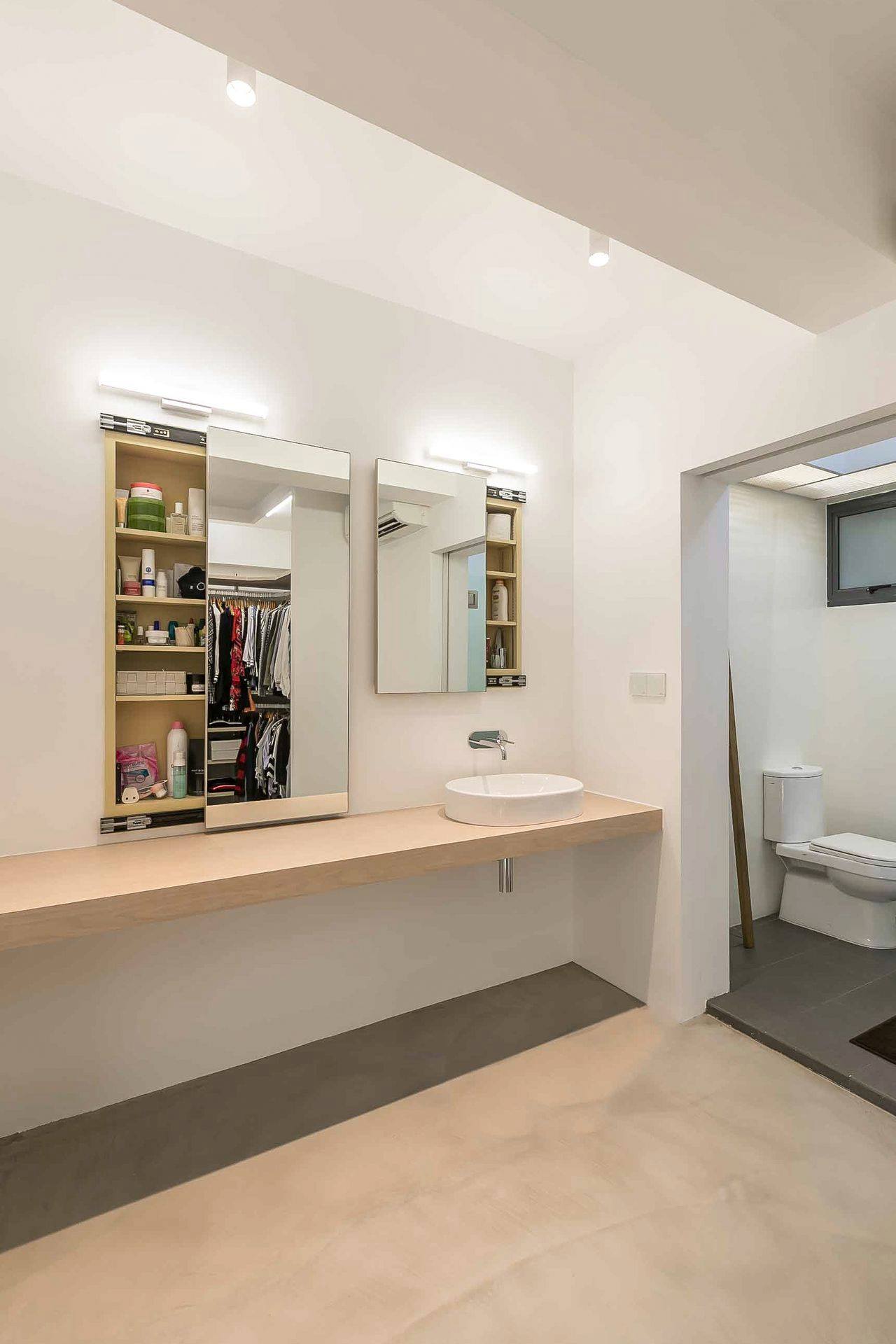How to design a harmonious home for couples

You’ve pledged to have and to hold, but when the other party jostles with you for the bathroom every morning, that pledge could get thrown out of the window. To potentially save your relationship, we put together a design guide to help you plan for a more harmonious home.
Design: The Merry Men Interiors
Breakout areas : We often plan communal areas of the home for the enjoyment of everybody, but each of us needs a break every now and then.
As such, include breakout areas within these communal spaces for privacy and contemplation. It could be a little reading nook by the corner or a bay seat by the window. This is especially important if you are thinking of going open concept, where there is virtually no privacy.




Glass dividers : If you already have a lot of private rooms in the home and prefer to feel connected to your significant other even though you are both at different areas, think about using glass dividers to separate the various parts of the home.
You will still be able to see each other, yet the glass walls will lend you some privacy whenever you need.


Countertop space : If you have two master chefs at home, always make sure you have enough countertop space so you can both prep at the same time. A kitchen island or a wet/dry kitchen setting can help in that. Or opt for a galley layout so you can each work on both sides of the kitchen.



Extras never hurt : Getting two sinks (or one dishwasher and sink), double ovens or an additional hob can be a way to minimise conflict and waiting times when you are both at work in the kitchen. This might not be necessary if you have different cooking styles.

Organisation : Make sure there’s sufficient room between the ‘work triangle’ — hob, sink and refrigerator — so you won’t clash with each other. Keep often-used items like pots and pans and cooking utensils within reach easy by displaying them out in the open.

Keep things separated : When planning out a home office for two, make sure both you and your partner are able to have your own workspace. If you have to share a desk, separate both of your workspaces using communal items such as the printer. Or use opposite ends of the same desk so you won’t have to bump into each other while working.



Sink outside : Consider having the sink outside from the shower and toilet areas so that you can both use the bathroom at the same time. Get dual sinks if you have the budget and luxury of space.



Separate shower and tub : If you both can’t decide on whether you should go with a shower stall or a bathtub, get the best of both worlds by incorporating both. Keep them separate so you can bathe simultaneously.

Custom mattress : For a better night’s rest, get a custom his-and-hers mattress that allows you to tailor each side of the bed to suit your mattress preference. Customisation options usually include the level of firmness and the type of mattress (latex or memory foam).
Also make sure you get a mattress that is able to isolate motion so you won’t be disturbed even if your partner tosses and turns on the bed.

Walk-in wardrobe : If one person needs to get ready before the other gets out of bed, you might want to minimise disturbance in the bedroom. Plan the bedroom so that the dressing table and closet area are kept away from the sleeping zone.
A walk-in wardrobe is one way to do this, and you don’t even need a big space. Small bedrooms can squeeze in a walk-in closet just the same.


This article was first published in Renonation.